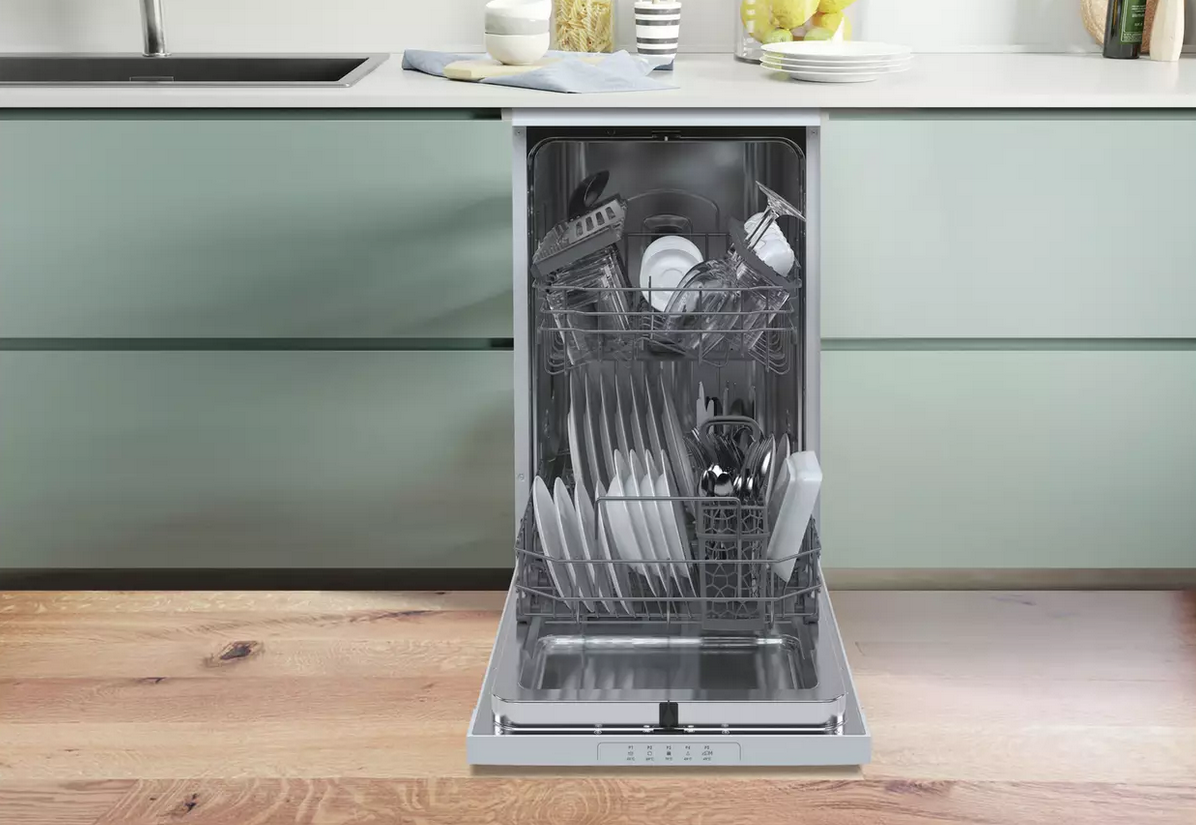
Reducing the amount of water we consume in our households is a goal for many this year. It is not only important for the environment but is essential for cutting our water bills down with the rising prices. Although we know to turn taps off when not in use and other general tips to save water, there are even more things we can do in the home to reduce our consumption. In this article, we highlight our advice on how to save water with your household appliances.
Only fill what you need
When boiling your kettle, you can save water by only filling how much you need. Most kettles will have measurements on the size for how many cups the kettle will fill. By using this, you can fill the required amount for your cup and avoid wasting any excess water.
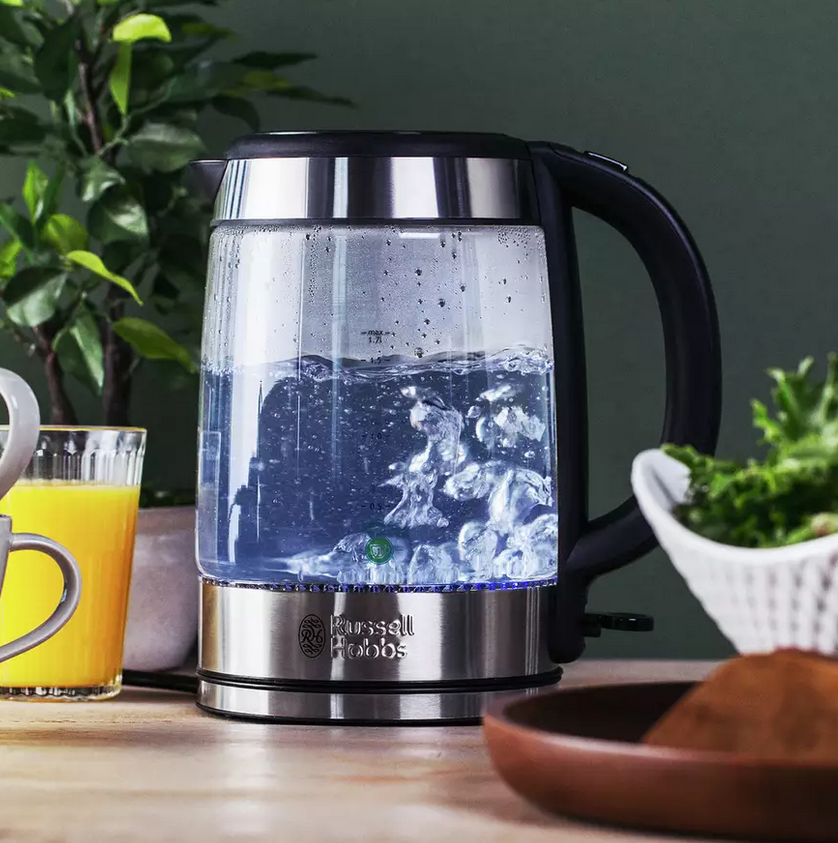
Chilling your water in the fridge
Another method to save water is by keeping serving water chilled in the fridge rather than running the tap until it meets the desired temperature. This is simply done by putting in a jug and placing in the fridge. Alternatively, if you have a fridge freezer with an inbuilt dispenser, you can put the water in here to stay cool.
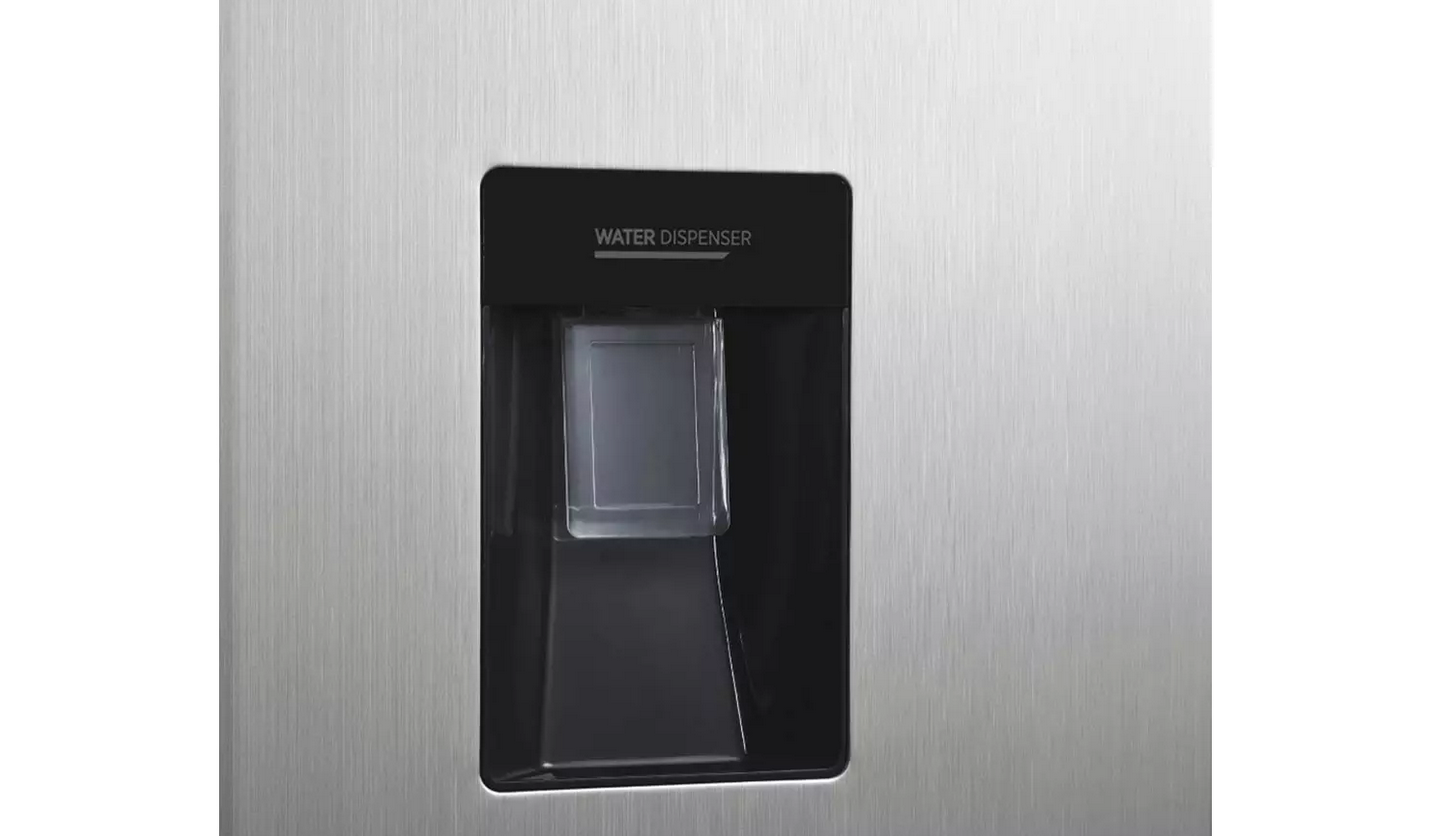
Keep your cycles efficient
You can make your washing machine cycles more efficient with the loads you use. You can do this by waiting until you have a load ready to fill your machine, rather than doing small bits individually. Of course, you should ensure you do not overload your appliance by following any load recommendations in your user manual. By doing less cycles, your appliance will use less water. Another benefit of this is that it will take less time too when doing your washing.
It is also recommended to keep your cycles efficient by only using the specific programme you need. If your clothes aren’t too dirty, then you may not need to use such a less intensive cycle so you can adjust the programmes to fit.
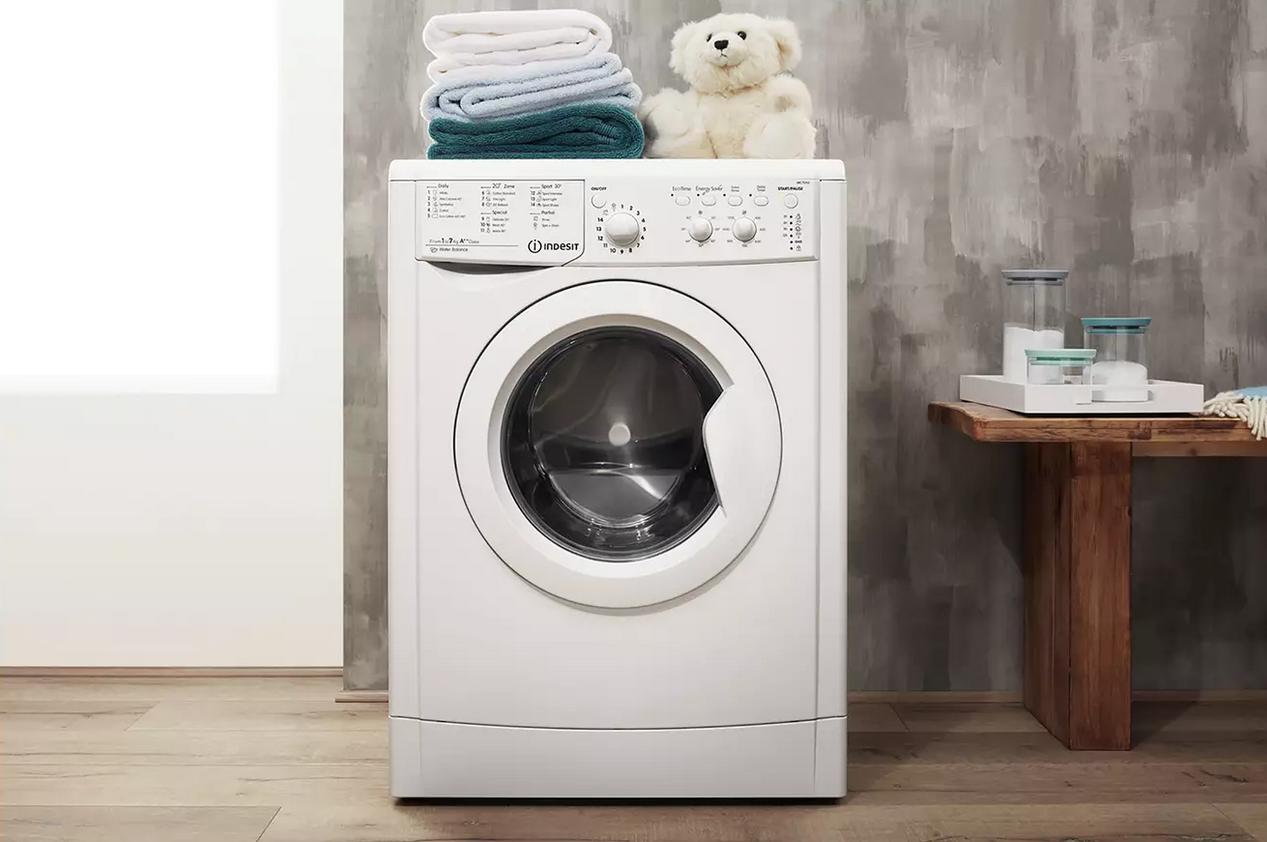
This can also be applied to dishwashers which can accumulatively use a lot of water. When filling your dishwasher, try to fit as much as you can without overloading to avoid the need for additional washes.
Use ECO settings
If your washing machine or dishwasher has eco settings, we would recommend using this mode. The ECO modes use less water during the cycles but have a slightly longer washing time to ensure it gives a thorough wash. For more information regarding eco settings and to check your washing load will be suitable for this cycle, refer to your user manual.
Cut down by changing shower habits
According to waterwise, baths and showers are ‘accountable for the highest usage of water consumption at home, at around 34%’. You can reduce the amount of water you are using by making changes in the bathroom. It is recommended to opt for showers over baths as they generally use less water.
Another change you can make with the shower is by switching the shower head. You can use water saving shower heads, known as aerated shower heads. They work by reducing the flow of water so less water is used, but it is combined with air pressure to ensure there is still a steady flow from the shower.
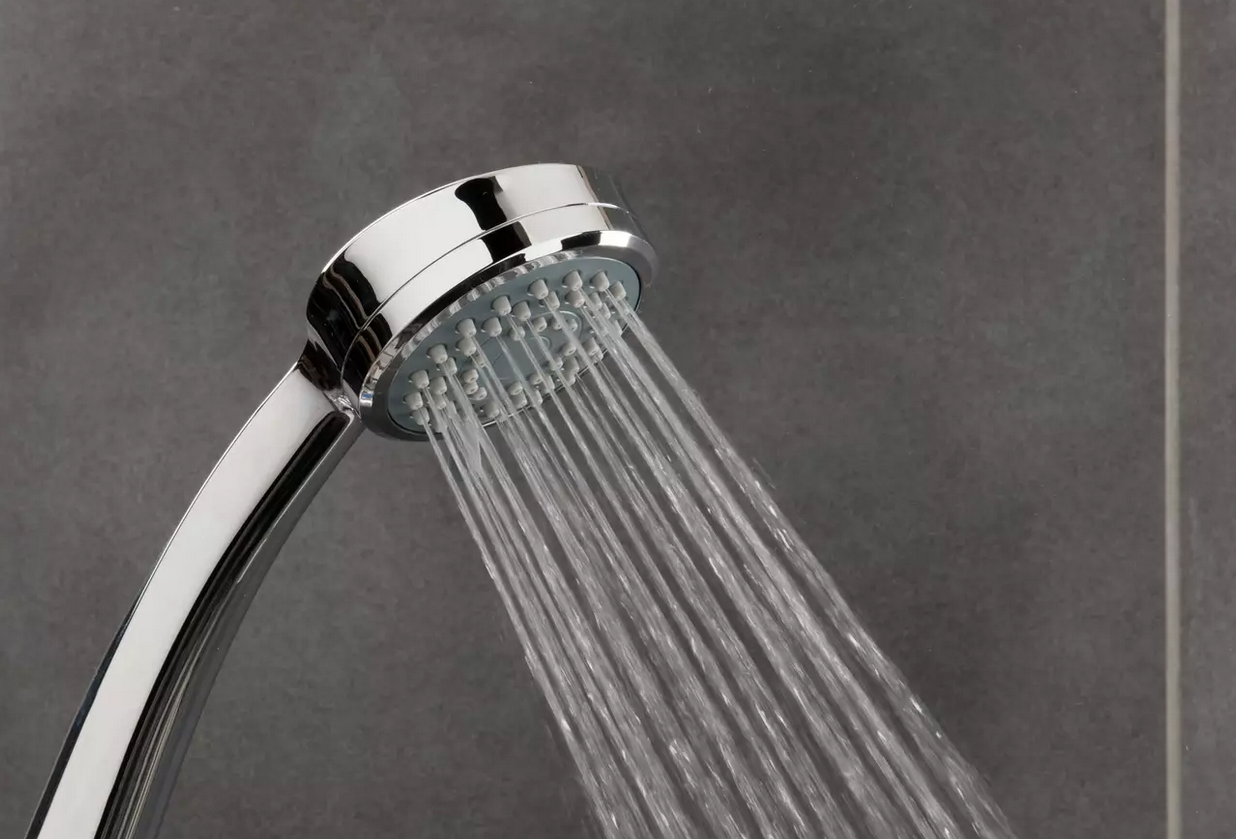
To summarise, there are many things you can change in the home to help reduce water consumption. This will help to reduce water bills and save the water for the environment.